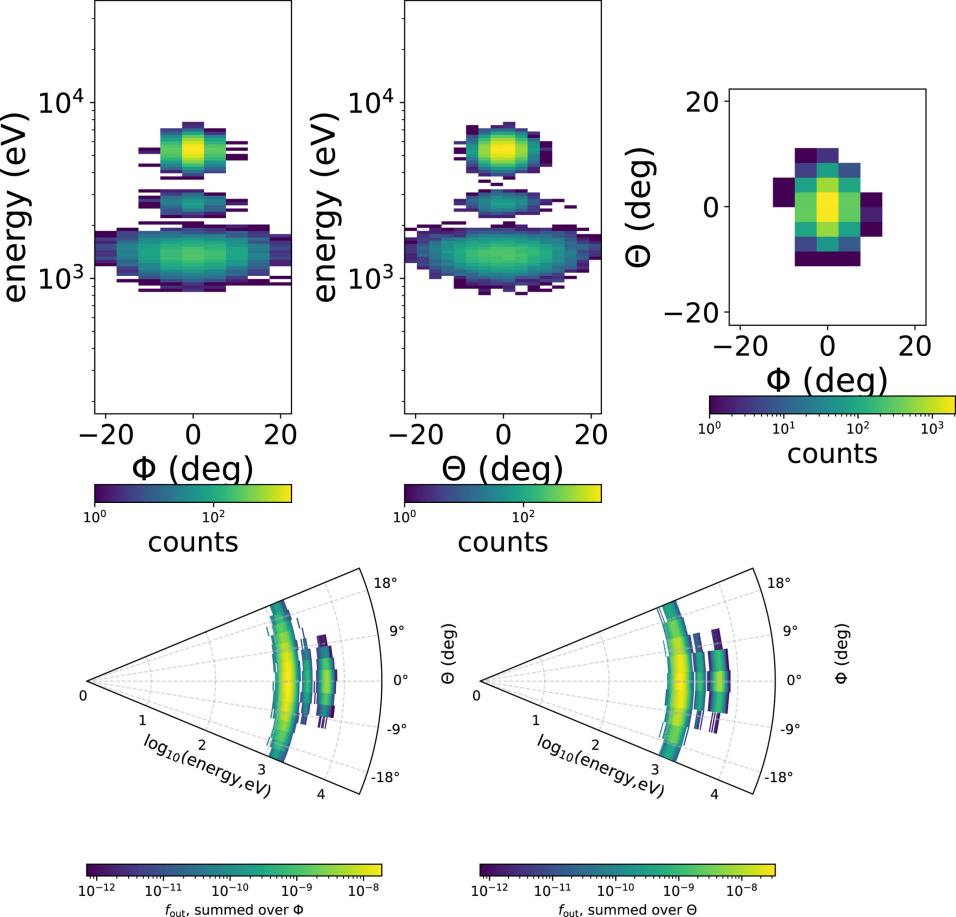MIST
Magnetosphere, Ionosphere and Solar-Terrestrial
The Impact of Non-Equilibrium Plasma Distributions on Solar Wind Measurements by Vigil's Plasma Analyser
Hongjie Zhang (University College London)
Space weather, originating from the Sun, has a profound impact on human life. An effective space weather monitor is crucial for detecting severe space weather events and providing early warnings before they reach Earth. The European Space Agency is currently preparing to launch the Vigil mission as a space-weather monitor at the fifth Lagrange point of the Sun-Earth system. Vigil will carry, amongst other instruments, the Plasma Analyser (PLA) to provide quasi-continuous measurements of solar wind ions.
In this study, we model the performance of the PLA instrument. We employ a forward-modeling technique, which involves predicting measurements (number of particle counts in energy, elevation, and azimuth) based on typical solar wind properties. Then we utilize backward-modeling based on the predicted measurements. This approach allows us to compare the expected observations of the PLA with the assumed input conditions of the solar wind. We evaluate the instrument performance under realistic, non-equilibrium plasma conditions, accounting for temperature anisotropies, proton beams, and the contributions from alpha-particles. We examine the accuracy of the instrument’s performance over a range of input solar wind properties. We recommend potential improvements such as applying ground-based fitting techniques to obtain more accurate measurements of the solar wind even under non-equilibrium plasma conditions. The use of ground processing of plasma moments instead of on-board processing is crucial for the extraction of reliable measurements.

See publication for details:
Zhang, H., Verscharen, D., & Nicolaou, G. (2024). The impact of non-equilibrium plasma distributions on solar wind measurements by Vigil's Plasma Analyser. Space Weather, 22, e2023SW003671. https://doi.org/10.1029/2023SW003671